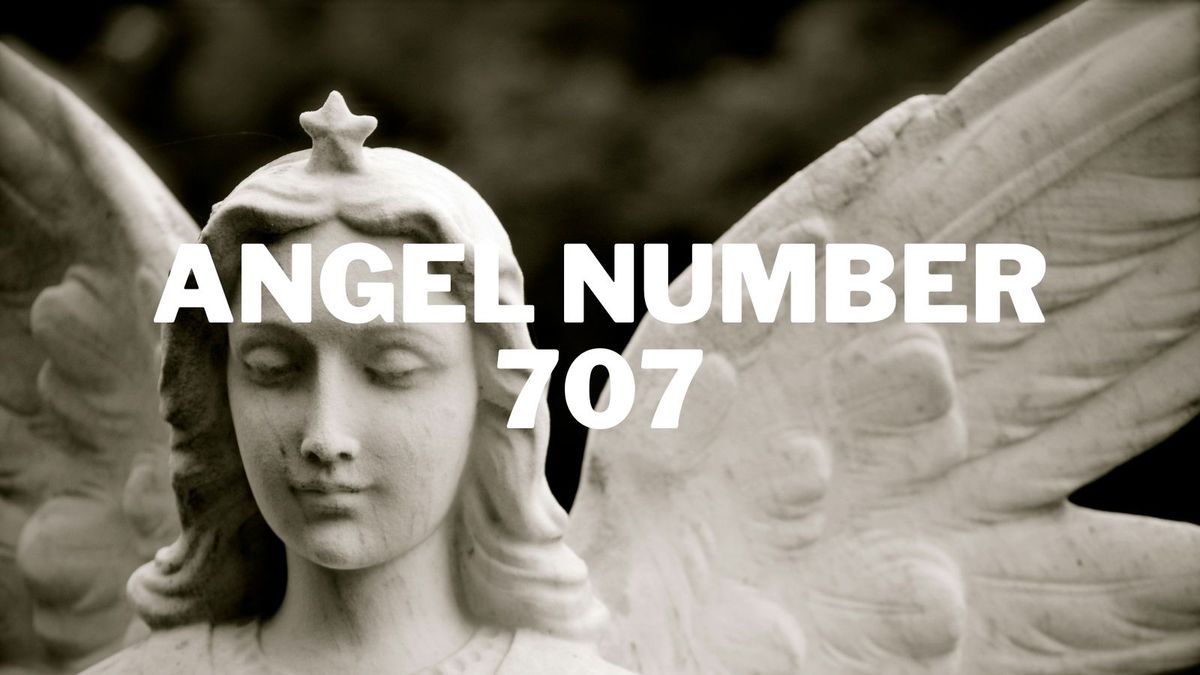[ad_1]
:focal(800x602:801x603)/https://tf-cmsv2-smithsonianmag-media.s3.amazonaws.com/filer_public/ce/e1/cee17c96-7c00-4dba-b85d-6b4aa9a266fc/gettyimages-838153708_web.jpg)
A total solar eclipse as seen from Kentucky in 2017
Jonathan Newton / The Washington Post via Getty Images
This April 8, millions of people will watch in awe as the sun disappears behind the moon in a total solar eclipse. These days, of course, we understand what’s going on—the moon’s orbit is carrying it in between the sun and the Earth, with the moon’s shadow striking our planet’s surface. But in ancient times, the spectacle of the sun disappearing in the middle of the day would have been a thing of wonder, even something to be feared.
“Imagine you’re a farmer—you’re out there, and all of a sudden sky goes dark,” says Bradley Schaefer, an astronomer at Louisiana State University who has studied the history of solar and lunar eclipses. “It can only be a message from the gods.”
To our ancestors, an eclipse would almost certainly have been seen as an omen, Schaefer says. “The sun and the moon are typically the chief gods in your pantheon—and there’s the sun, dying in front of your eyes. That’s not good.”
Around the world, myths and legends grew up around the phenomenon. In ancient China, a solar eclipse signaled that the sun was being devoured by a dragon; people would bang drums and make loud noises to scare off the beast and bring back daylight. In South America, the Inca saw solar eclipses as a sign of the sun god’s displeasure; leaders would try to divine the source of his wrath and appease him with an appropriate sacrifice.
But researchers can’t say which specific solar eclipses were observed prior to the invention of writing. In northwestern Europe, for example, ancient stone carvings often display spiral patterns that are sometimes interpreted as representing the sun, and possibly a solar eclipse. Similarly, in the southwestern United States, many rock carvings known as petroglyphs show what appear to be sun-like symbols.
One of the most compelling such carvings can be seen in Chaco Canyon, New Mexico; researchers have suggested that the circular image is a depiction of a solar eclipse that would have been visible from the canyon in the year 1097 C.E. Scholars note that two more total solar eclipses were visible in the region in 1257 and 1259; people living in what is now southwest Colorado could have witnessed both events just two years apart, along with a comet that was bright enough to be visible to the unaided eye in the summer and fall of 1264. Interestingly, these events appear to coincide with the start of a major exodus, with the Anasazi people who had lived in the region abandoning their settlements and leaving the area. While historians believe that drought was the main cause of the exodus, Tyler Nordgren, an astronomer, author and artist who specializes in eclipse outreach, says eclipses could have affected these ancient Americans at a psychological level. “It could be the kind of thing to make you say, ‘All right, this is a bad place; we need to do something different. Everybody pack up and leave,’” he says.
A petroglyph in Chaco Canyon in New Mexico may depict a total solar eclipse that occurred more than 900 years ago. University of Colorado/https://tf-cmsv2-smithsonianmag-media.s3.amazonaws.com/filer_public/8d/55/8d55c6aa-27d3-4a8a-b2d7-78ff1032e48b/chacocanyon_web.jpg)
Still, scientists can’t be sure that the Chaco Canyon markings were inspired by an eclipse; for his part, Schaefer calls for caution when interpreting ambiguous stone markings. “Virtually any squiggle can be imagined to be a solar eclipse,” he says. One of the earliest records of people watching a specific solar eclipse may be the one recorded on a clay tablet in the Syrian port city of Ugarit, believed to contain a reference to the eclipse of March 5, 1223 B.C.E. Eclipse records from China may date back almost as far, Schaefer says.
Throughout the ancient world, before the mechanics of eclipses were understood, people reacted with shock and bewilderment as the sun disappeared during a solar eclipse. In the seventh century B.C.E., a solar eclipse over the Greek island of Paros sparked these words from the poet Archilochus: “Nothing in the world can surprise me now. For Zeus, the father of the Olympian, has turned mid-day into black night by shielding light from the blossoming sun, and now dark terror hangs over mankind. Anything may happen.”
Only a few centuries later did something like the modern understanding of eclipses appear to have taken hold. Schaefer says some of the credit should go to Anaxagoras, a Greek philosopher who lived in the fifth century B.C.E. Anaxagoras appears to have known that both solar and lunar eclipses involved shadows: A solar eclipse happens when the moon’s shadow falls on the Earth, and a lunar eclipse happens when the Earth’s shadow falls on the moon.
“In effect was, he was replacing the earlier superstitious or miraculous explanation of the eclipse—‘Apollo got mad’ or ‘Somebody’s trying to kill Apollo’—with a simple physics explanation involving shadows,” says Schaefer. “And who’s afraid of shadows?”
But Anaxagoras may not have been the first. A Greek astronomer known as Thales of Miletus is said to have predicted the solar eclipse of 585 B.C.E. That eclipse came as two warring factions, the Lydians and the Medes, were engaged in a conflict that had dragged on for several years. On seeing the eclipse, the two nations laid down their arms and made peace. But did Thales really predict the eclipse? The tale comes to us not from Thales himself, but from the historian Herodotus, who was born a hundred years later.
The Thales story “probably is mostly fact,” says Schaefer. “Herodotus is usually very reliable.” Even so, many unknowns surround the story; Herodotus’s description is vaguely worded, and historians doubt that Thales had a deep enough knowledge of astronomy to make a precise prediction. Historians believe it’s unlikely that Thales predicted the month and date of the eclipse, or where it would be visible from. Thales probably said that an eclipse was likely in some particular year; then, when it came to pass, stories began to spread about his “prediction.” Thales might also have understood that solar eclipses and lunar eclipses come two weeks apart; on seeing a lunar eclipse, he may have said that a solar eclipse was due. But even that is tricky; while lunar eclipses can be seen from anywhere on the Earth’s night side, solar eclipses can only be seen from a narrow “path of totality.” To further complicate matters, we don’t know where the battlefield actually was; historians can only surmise that it was somewhere in Asia Minor (present-day Turkey). While Herodotus is often seen as the first more or less reliable historian, it “doesn’t mean you should take every word in his histories literally,” says Schaefer.
In more recent times, solar eclipses have continued to leave their mark on history. In 1919, observations of a solar eclipse allowed scientists to test Albert Einstein’s theory of gravity, known as general relativity. The results supported his theory, overturning Isaac Newton’s conception of gravity and propelling Einstein to worldwide fame.
Today, of course, eclipses are not mysterious; we understand the physics behind them and can predict them centuries in advance, with split-second accuracy. And yet, with a little imagination, we can still read special meanings into these rare celestial events, says Nordgren. He points out that when the Boston Red Sox won the World Series in 2004, for the first time in nearly 90 years, the final game took place as a total lunar eclipse was unfolding overhead. Fittingly, the moon turned red during the eclipse, matching the Red Sox colors.
And even though scientists now have a pretty good understanding of how eclipses work and when they’re going to happen, the sense of awe remains, Nordgren says. “The first time I saw a total solar eclipse, I knew exactly what was happening—and the hair still stood up on the back of my neck,” he says. On April 8, he predicts, the same sense of wonder that has gripped eclipse-watchers over the centuries will once again take hold (weather permitting, of course). “A total solar eclipse in the middle of Dallas, or San Antonio, is still going to be just as spectacular as a total solar eclipse 2,000 years ago in Greece or Turkey,” he says. “It will still be just as amazing.”
Maqvi News #Maqvi #Maqvinews #Maqvi_news #Maqvi#News #info@maqvi.com
[ad_2]
Source link





































/https%3A%2F%2Ftf-cmsv2-smithsonianmag-media.s3.amazonaws.com%2Ffiler_public%2Fce%2Fe1%2Fcee17c96-7c00-4dba-b85d-6b4aa9a266fc%2Fgettyimages-838153708_web.jpg)












